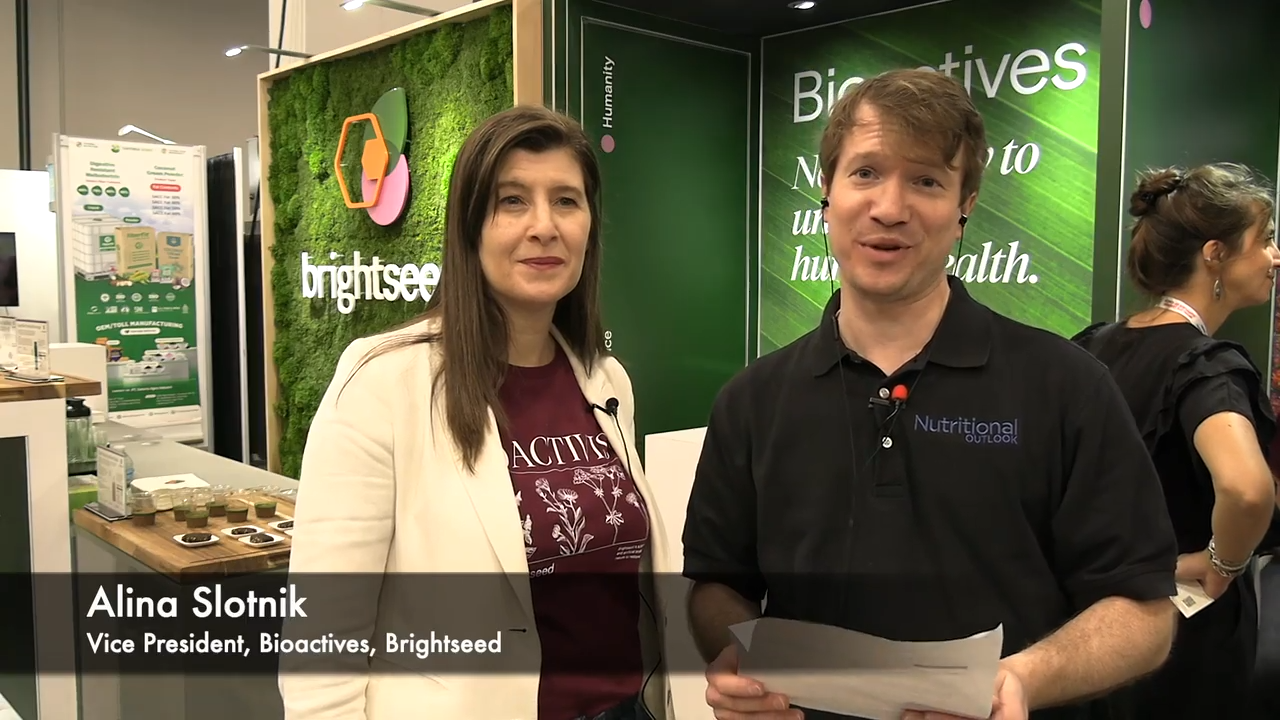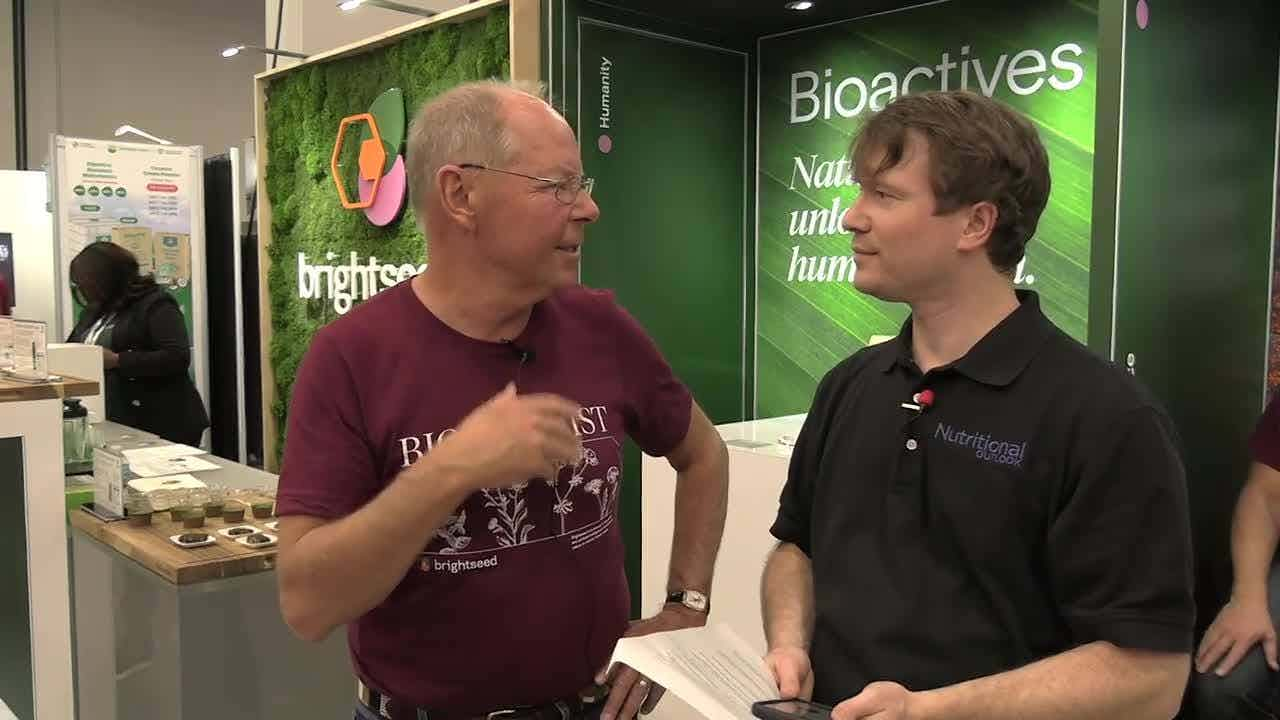Valio, VTT to develop technology for biotechnological produced proteins
Valio and VTT Technical Research Centre of Finland are researching what food-ingredient raw materials can be produced using cellular agriculture and developing technology for biotechnologically produced proteins.
Photo © iStockphoto.com/nicolas_

Valio (Helsinki, Finland) and VTT Technical Research Centre of Finland are researching what food-ingredient raw materials can be produced using cellular agriculture and developing technology for biotechnologically produced proteins.
“A key question is how to produce more food for the globally growing population without needing more arable land,” said Harri Kallioinen, senior vice president, research & development at Valio, in a press release. “Alongside traditional food production, cellular agriculture is one of the possible solutions to feeding the growing population. We are currently studying what kinds of food industry raw materials could be produced with microbes.”
In the method they use, the producer organism, such as a fungus, is instructed to produce the desired protein. To live in the fermentation tank, the fungus uses sugar and other nutrients and secretes protein into the growth medium. Research manager Emilia Nordlund from VTT said “Cellular agriculture makes it possible to produce a variety of raw materials and end products, from purified proteins or fats to multidimensional cell structures.” But there are still challenges with it.
“Animal-based products like milk or meat are complex,” Kallioinen said. “They are made up of many different compounds and structures that are very difficult to fully replicate in their entirety. Cellular agriculture is best suited for the production of individual raw material components. That’s why we see that both have a place in future food production. To meet the increasing food needs of the growing population, all possible food production methods are needed, and they must become more sustainable. There are also certain cellular agriculture challenges that we have to solve. For example, a lot of low-cost and low-carbon energy is needed in order for the large-scale production of proteins in fermentation tanks to be feasible. This is what we are working with Hanna Tuomisto, associate professor of sustainable food systems, at University of Helsinki and her research team.”
HHS announces restructuring plans to consolidate divisions and downsize workforce
Published: March 27th 2025 | Updated: March 27th 2025According to the announcement, the restructuring will save taxpayers $1.8 billion per year by reducing the workforce by 10,000 full-time employees and consolidating the department’s 28 divisions into 15 new divisions.










